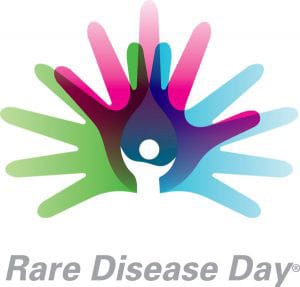A groundbreaking study from the Weizmann Institute of Science and Sheba Medical Center has brought renewed hope for children with kaposiform lymphangiomatosis (KLA), a rare and life-threatening genetic disorder of the lymphatic system. Medical Xpress reported that by leveraging the biological similarities between zebrafish and humans, researchers have identified two promising drugs that could finally offer a targeted, safer treatment for this devastating condition.
KLA is caused by a specific mutation in the NRAS gene, which causes lymphatic vessels to grow abnormally large and distorted, leading to dangerous fluid buildup in the chest and other organs. Current treatments—often adapted from cancer therapies—are not always effective and can come with harsh side effects. The need for better, safer therapies is urgent.
The research journey began when a young KLA patient at Sheba’s Safra Children’s Hospital provided the team with cells harboring the mutated NRAS gene. This gene, more than 80% identical between humans and zebrafish, was inserted into zebrafish embryos, which are ideal for research due to their transparency and rapid development. The resulting “mutant” fish developed lymphatic abnormalities strikingly similar to those in human KLA patients, including grossly enlarged lymphatic vessels and swelling around the heart.
With this accurate animal model, the team set out to find drugs that could reverse the disease’s effects. Rather than standard cell cultures, the scientists used live zebrafish embryos and developed an automated system to efficiently test about 150 existing, approved drugs. Using advanced imaging and AI, they measured changes in the fish’s anatomy to gauge each drug’s impact.
From this screen, two drugs stood out. Both were able to shrink the ballooned lymphatic vessels and hearts of the mutant fish back to normal. When tested on the patient’s cells, these compounds also blocked the abnormal cell sprouting characteristic of KLA. Importantly, both drugs have safety profiles superior to the cancer drugs sometimes used off-label for KLA, minimizing potential side effects.
Because these candidate drugs are already approved for other uses, the path to clinical trials—and potentially to patient benefit—could be significantly shorter than for entirely new compounds. The international team is now working to organize a multi-center effort to test these drugs in KLA patients.
While the discovery immediately offers new hope for those with KLA, the researchers are also using their zebrafish models to investigate why the NRAS mutation damages lymphatic vessels so specifically, leaving arteries and veins untouched. Answering this question could open the door to even more targeted therapies in the future.







